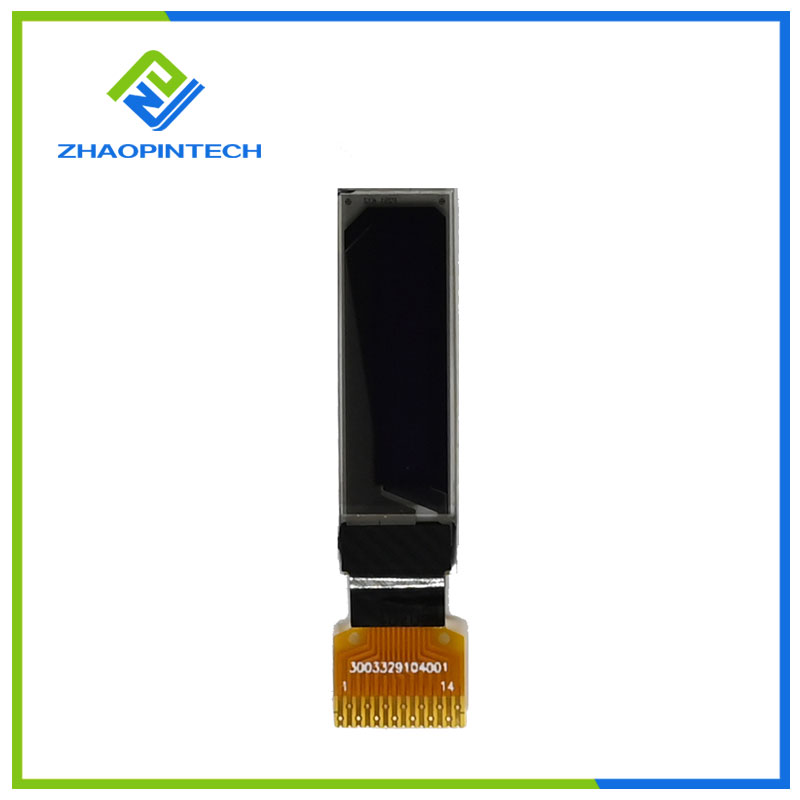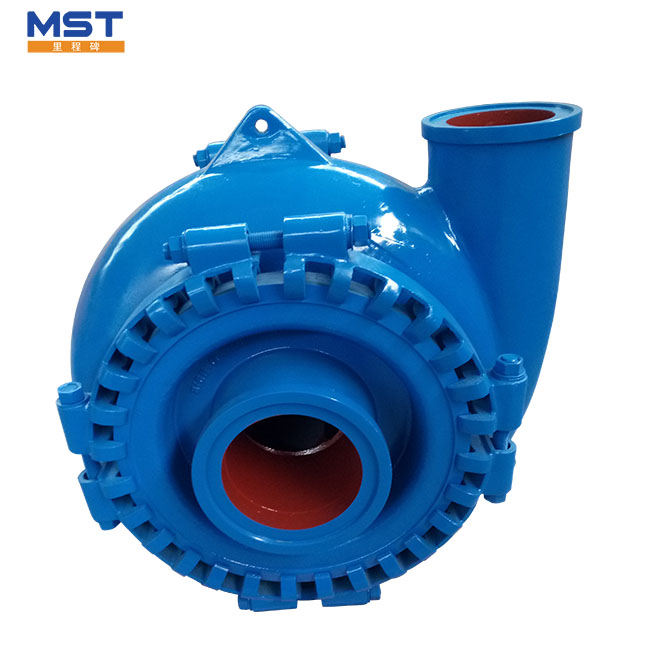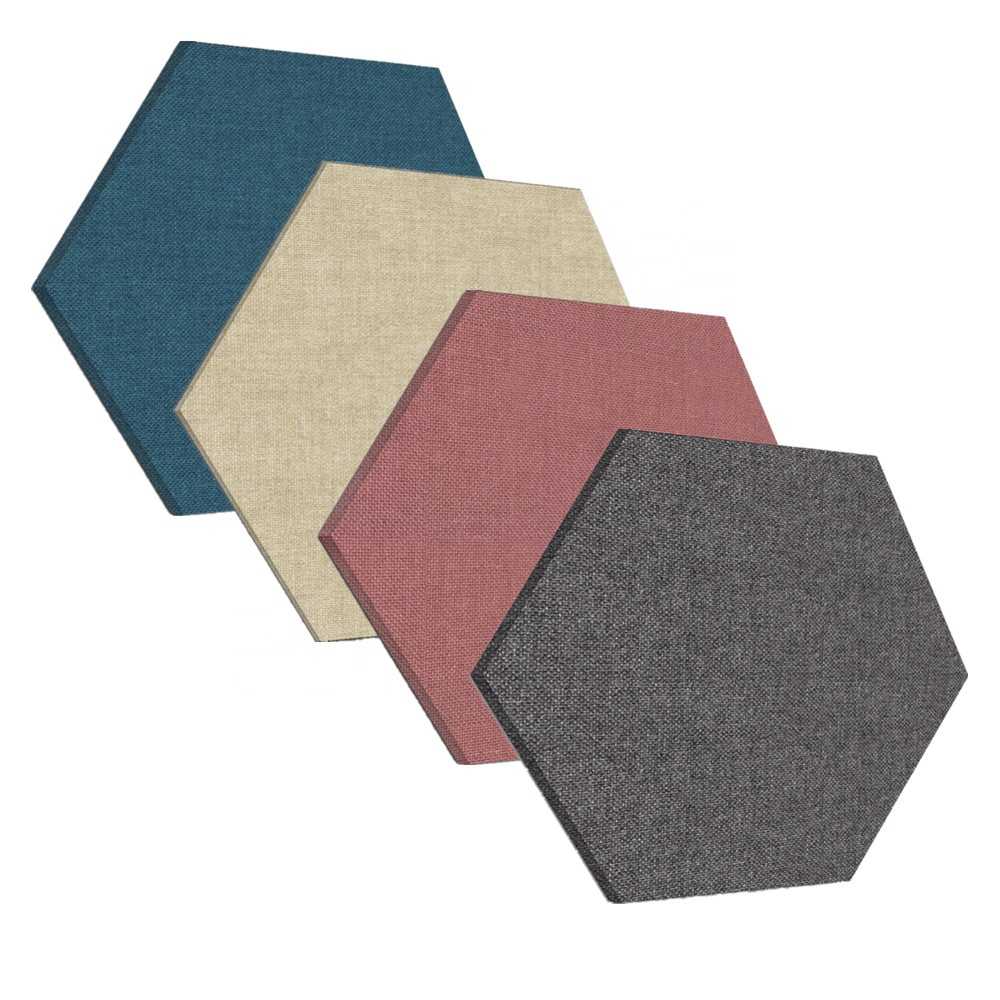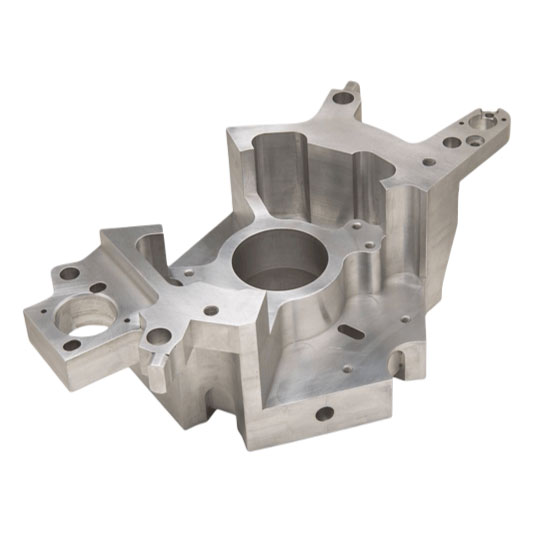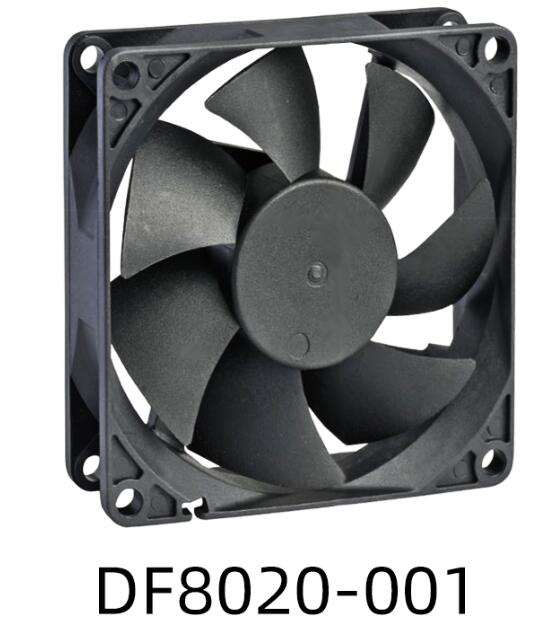Sand Casting Parts
Sand casting is a versatile and widely used metal casting process that involves creating parts by pouring molten metal into a sand mold. This method is popular for producing a variety of components, from simple to complex shapes. Here are some key aspects of sand casting parts:1. Mold Preparation: S......
Send Inquiry
Product Description
Sand casting is a versatile and widely used metal casting process that involves creating parts by pouring molten metal into a sand mold. This method is popular for producing a variety of components, from simple to complex shapes. Here are some key aspects of sand casting parts:
1. Mold Preparation: Sand casting begins with the creation of a mold, typically made from a mixture of sand and a bonding agent, such as clay. The mold is formed by packing the sand mixture around a pattern that has the shape of the desired part.
2. Pattern: The pattern is a replica of the part to be cast and is typically made from wood, metal, or plastic. It serves as a model for the final part's shape and is used to create the mold cavity.
3. Mold Cavity: The space between the pattern and the surrounding sand is the mold cavity, where the molten metal will be poured to create the part. The cavity takes the shape of the pattern.
4. Molten Metal Pouring: Once the mold is prepared, it is separated into two halves, and the pattern is removed. The two mold halves are then securely clamped together, leaving a cavity into which molten metal is poured.
5. Cooling and Solidification: After the molten metal is poured into the mold, it begins to cool and solidify, taking on the shape of the mold cavity. The cooling time can vary depending on the size and thickness of the part.
6. Casting Removal: Once the metal has solidified and cooled sufficiently, the mold is opened, and the casting is removed. Any excess material or rough edges, known as "flash," are trimmed off.
7. Post-Casting Processes: Sand castings often require additional processes to achieve the desired final properties and finish. These processes can include machining, heat treatment, surface finishing (e.g., grinding, polishing, or painting), and quality control inspections.
8. Materials: Sand casting can be used to produce parts from various metals, including iron, steel, aluminum, bronze, and brass. The choice of material depends on the specific properties required for the part and the intended application.
9. Applications: Sand casting is used to create a wide range of components across industries, such as automotive parts (engine blocks, cylinder heads), industrial machinery components (valves, pump housings), and artistic sculptures.
10. Cost-Effectiveness: Sand casting is a cost-effective method, especially for producing large and complex parts. It is also suitable for low to high production volumes.
11. Surface Finish: The surface finish of sand castings may not be as smooth as those produced by other casting methods, so additional finishing processes may be necessary to achieve the desired surface quality.
Sand casting is a versatile and widely used casting method that allows for the production of parts with various shapes and sizes. Its flexibility and relatively low cost make it a preferred choice for many applications, especially when precision and surface finish requirements are not as critical as in other casting methods.




